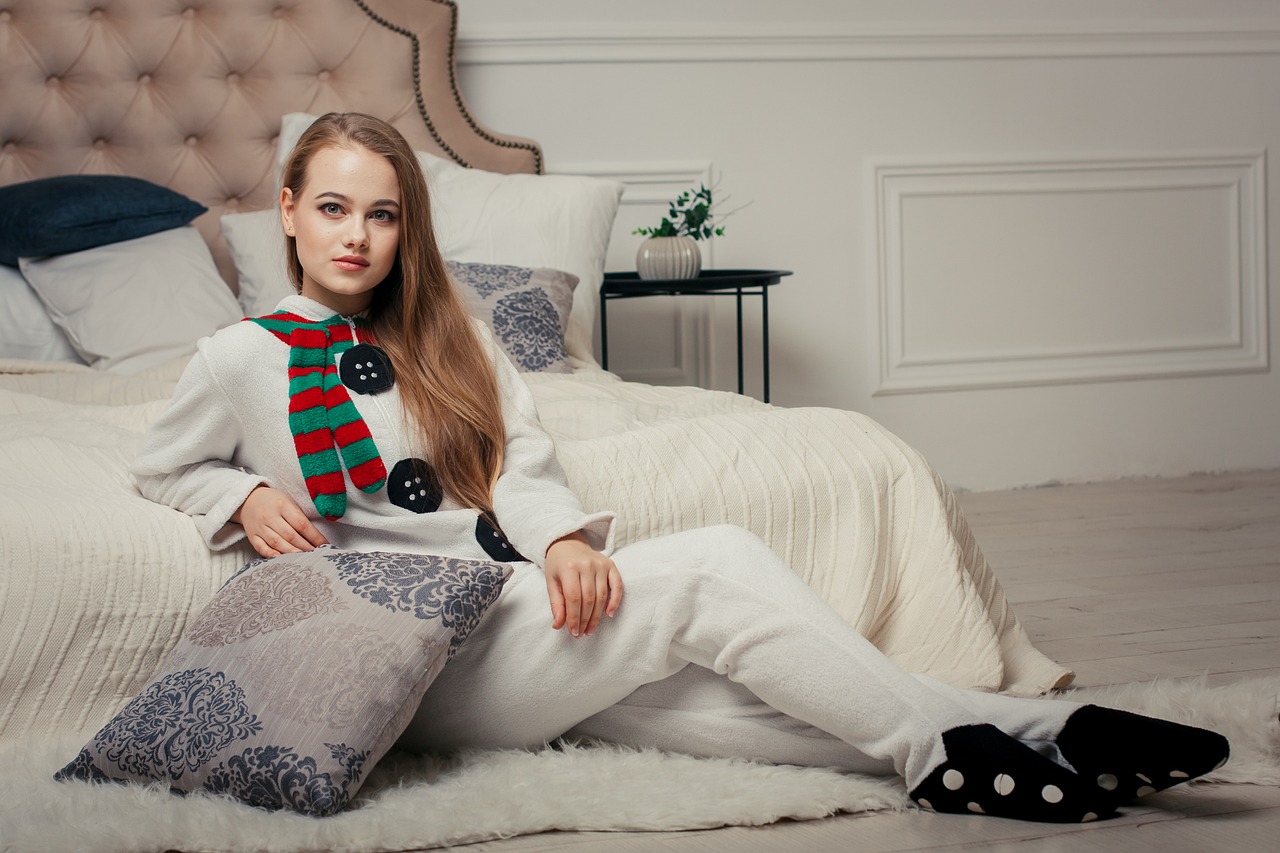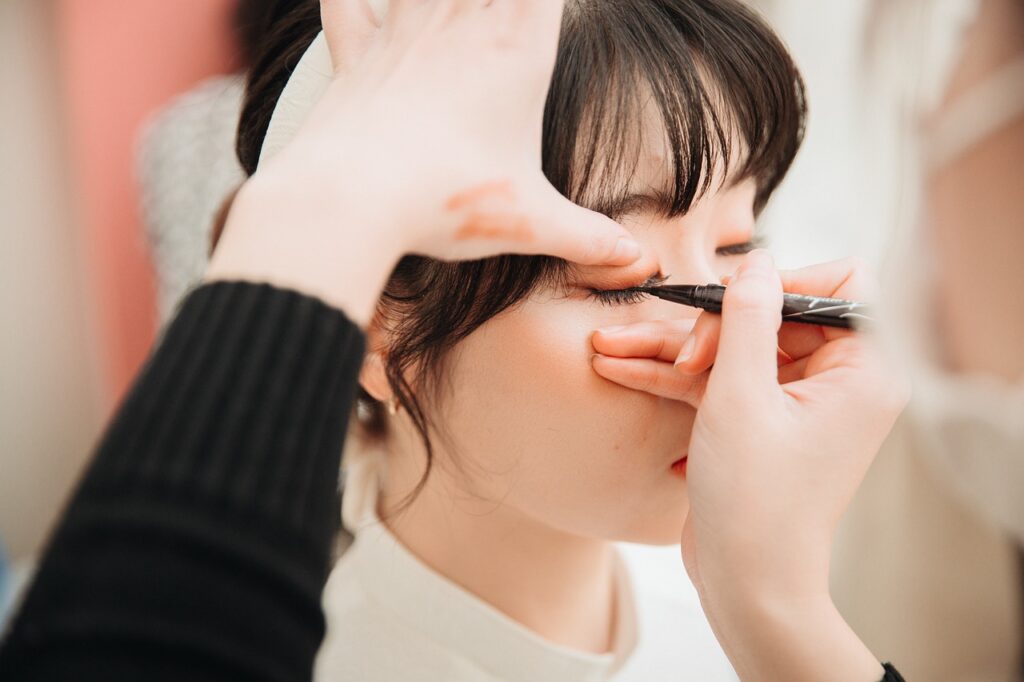Ever seen an advertisement that left you in utmost disbelief? That was me when I saw an Instagram ad promoting pajamas by Negative Underwear, with a huge price tag of over $100. Curious, I dug deeper to discover that the pajamas were 100% polyester. Instantly, I let out an incredulous chuckle. Polyester? Luxurious? I continued to wonder.
This experience allowed for a deeper reflection on the complex relationship between fabrics and fashion, especially men’s wear, designed between the extremes of dull predictability and flamboyant extravagance.
During the “Clothes Make the MAN” exhibition in Montréal’s McCord Museum, I was thrilled by the transition of male dressing style from the 18th-century silk coats with pink and white floral embroidery to the tailored Victorian ensembles. This evolution in attire highlights the tension between societal expectations of masculinity and a personal desire for fashionable expression.
It became clear to me as I watched this shift in style that men’s fashion choices have always been governed by social norms, which frequently lead them to choose unwise hues and patterns. Notwithstanding these obstacles, men have found methods to use fashion to represent who they are by accessorizing and embellishing their clothing. These ideas crossed my mind while I browsed the McCord Museum’s collection of 19th-century silk handkerchiefs and brocaded dressing gowns with Eastern influences. Despite being used in private, these objects introduced Victorian men to elaborate patterns and luxurious textiles, which stood in sharp contrast to their public dress.
However, it can be argued that today’s fashion trend has vastly evolved, as more men are beginning to embrace bolder styles and diverse fabrics and designs. Yet, the debate of classifying polyester as a ‘luxurious’ material continues in the fashion world. Beaulieu International Group’s effort in producing virgin polyester (PET) BCF yarns for automotive carpeting emphasizes durability, stain and abrasion resistance, and the functional advantages of polyester.
The integral qualities of polyester—its durability and resistance to stains and abrasion—ensure that it remains an invaluable material in automotive design. However, when related to personal attire, especially wedding dresses or formal wear, there is a shift in the expectations of a ‘luxury’ material. For wedding gowns, which can range between $1,500 and $2,500, materials like silk, charmeuse, and hand-embroidered lace embody luxury. However, polyester, when related to ‘luxury,’ strikes a dissonant chord, questioning what luxury entails.

Fashion’s Fabric Faux Pas: Polyester’s Rise and Resistance
Let’s dive deeper into the world of polyester, a material that caused debates and different opinions in the fashion world.
Initially, polyester was the go-to fabric for its revolutionary properties that ensure durability, ease of care, and resistance to shrinking and stretching. However, as the demand for the material became higher, its limitations became apparent. The fabric’s breathability and its ability to retain odors made it a less ideal choice, especially for items meant to be luxurious, like Negative Underwear’s $100+ pajamas.
Polyester has unexpectedly gained popularity in spite of these difficulties, particularly in the field of sustainable fashion. Polyester has grown in popularity as a fabric because it is recyclable and has a smaller environmental impact than other materials like cotton and wool. This change has given rise to innovative concepts like PET BCF yarns from Beaulieu International Group, which are intended to enhance car interiors.
The question of whether polyester can be considered luxurious is a matter of perspective. Its practical attributes and sustainability are great, which aligns with consumers’ eagerness to purchase. However, the traditional markers of luxury—exclusivity, opulence, and the tactile pleasure of natural fibers—are not evident in polyester materials.
However, the discussion around polyester and luxury will continue to be a debate. It allows one to reconsider values and priorities, not just in fashion but in consumption and sustainability. Whether polyester will ever be universally accepted as a luxurious material remains to be seen, but its role in sparking this vital conversation is undeniable.
The transformative shift of polyester in the fashion industry is proof of the ever-changing nature of luxury and sustainability. It calls for one to look beyond traditional markers of luxury and embrace innovation, practicality, and care for the environment. As we navigate these shifts, the debate only adds to the tapestry of fashion, making it a more inclusive, thoughtful, and dynamic space.
Related posts:
Dude Duds: The McCord Museum takes a long view of men’s clothing
Beaulieu : New sustainable PET BCF yarns for automotive carpets
Average Wedding Dress Cost (Plus Ways to Save)




